How to harvest figs – step-by-step
Discover how to harvest figs to get the best crop of this flavorsome fruit
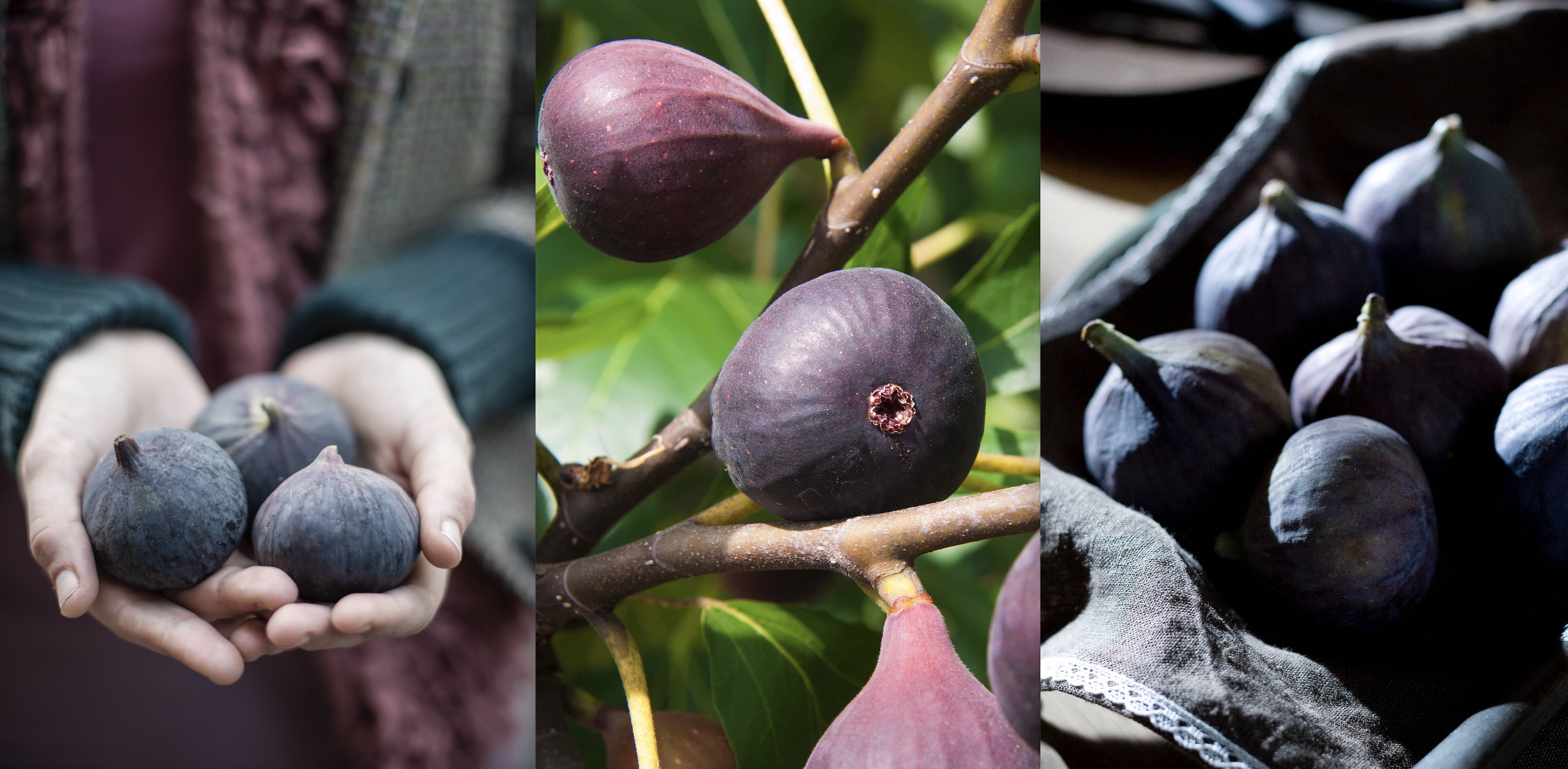

Learn how to harvest figs and you’ll only need to step outside for delicious fruit for your table.
How you grow a fig tree is up to you. You might plant yours in a container, which can be brought inside to overwinter, or you might live in a warm location where the tree will grow tall and flourish, providing shade and ornamental interest in your yard.
It can take two to three years for a fig tree to become sufficiently established and bear fruit, but for lovers of this delicate but richly flavored crop, the wait is well worth it – a fig tree consistently ranks as one of the best fruit trees.
How to harvest figs
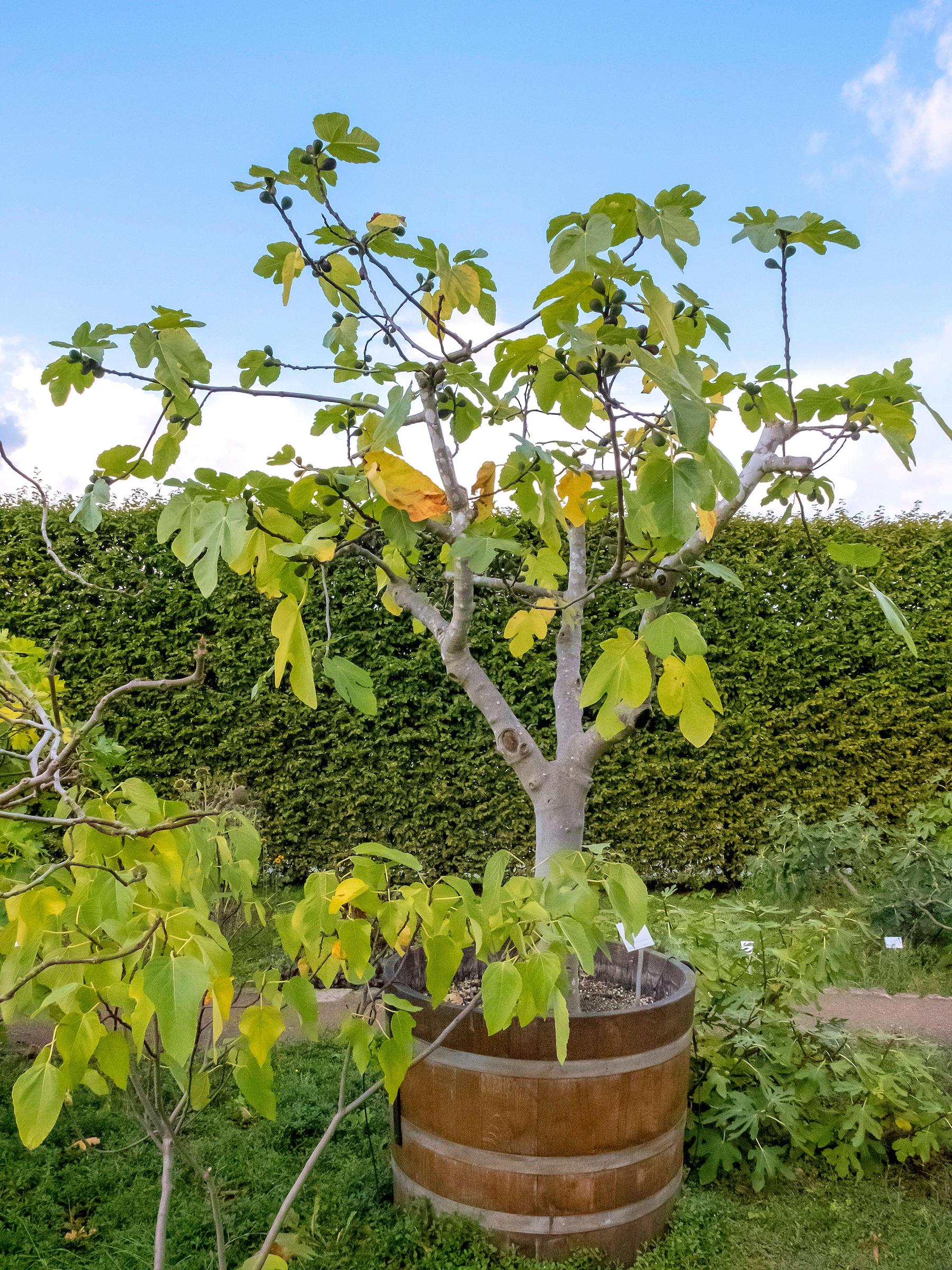
Outdoor-grown figs will ripen in August through September in zones 6 and 7. Further south, in zones 8 to 11, they will ripen earlier, in June. In warmer climates you can expect two harvests in the summer, the first in June and the second in August.
To be sure of the best crop, cover your fig tree with netting to prevent birds and squirrels reaching the sweet fruit.
‘A liquid seaweed feed every fortnight up until fall will be of significant help in forming the fruit,’ suggests sustainability and horticultural expert Tom Petherick, author of Sufficient: A Modern Guide to Sustainable Living.
How to know when figs are ready for harvest
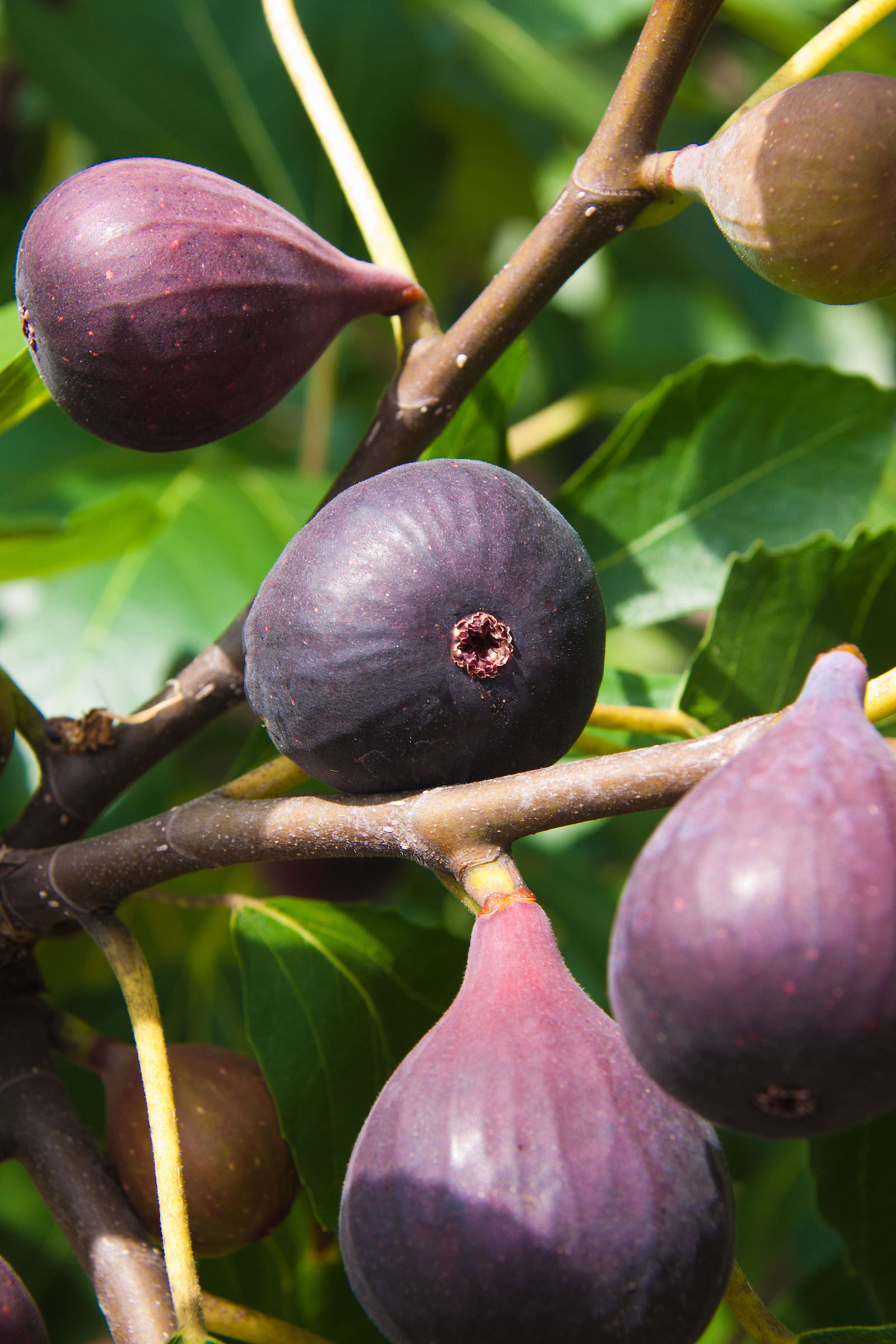
To know how to harvest figs, you should be aware of the type of fig tree you have because fig cultivars come in many colors. The ripe fruit may be any shade from yellow-green to gold, deep plum or even brown.
‘You will know when the fruit is ready to pick when you see the figs begin to hang downwards; when you can see a drop of sticky sugar sap at the base of the fruit; and if the skins of the fruits begin to split,’ says gardening expert Lucy Chamberlain.
To harvest, simply hold the hanging fruit in your hand and lift it up slightly; it should come away easily from the stem. If the stem produces a milky liquid it means the fruit wasn’t quite ready to be picked, so wait a few days before going back for more.
The sap can irritate skin, so it’s best to wear gloves when collecting your figs.
How many figs a tree will produce: what to expect
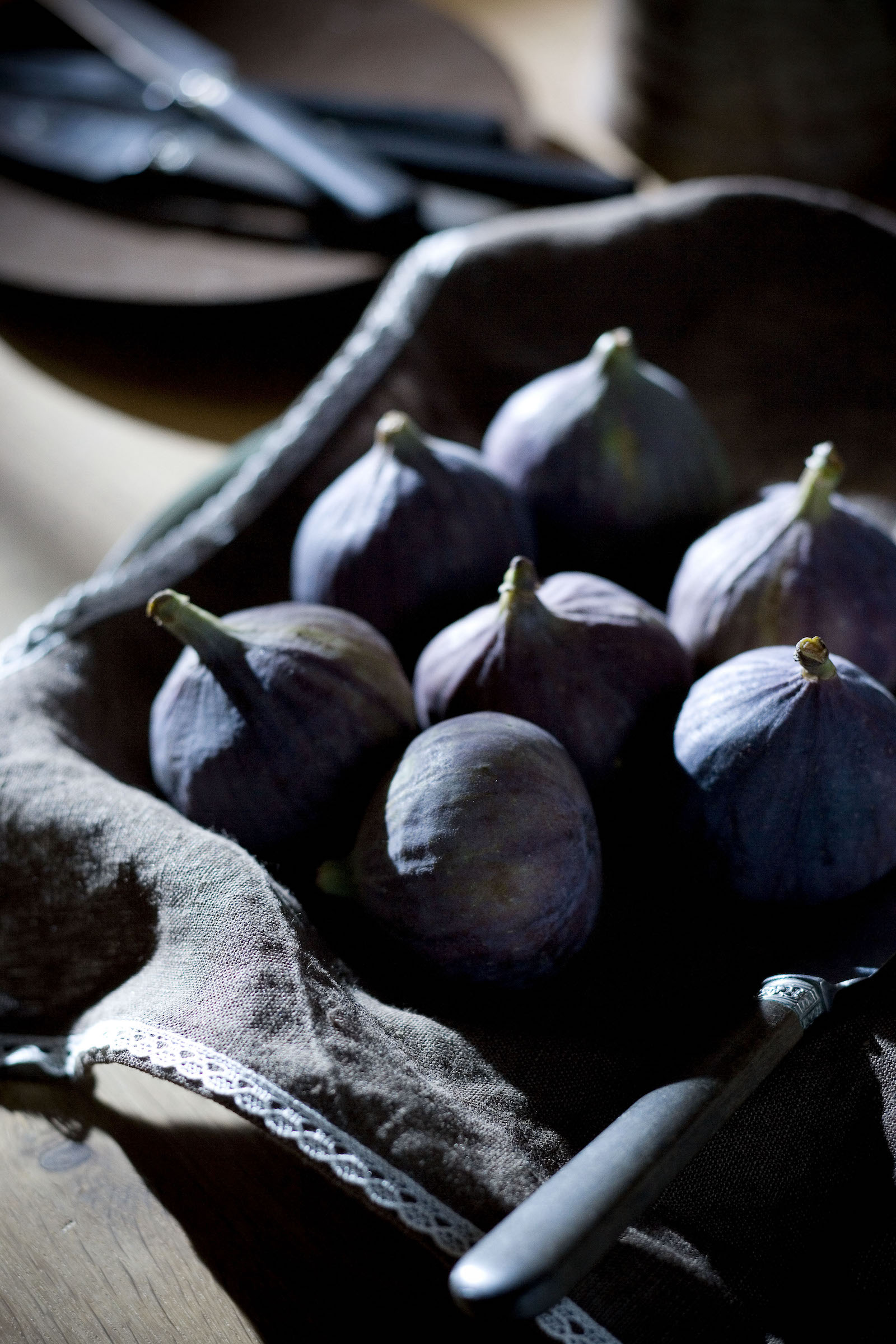
A fig tree that is seven years old should produce around 55lb (25kg) of fruit, with mature trees yielding even more.
A container-grown fig will provide 2 to 3lb (1 to 1.4kg) of fruit.
Knowing how to prune a fig tree will help you create the best-shaped tree to provide the ideal conditions for fruit to grow. It’s important to trim branches to allow light and air into the center of the tree, preventing rot and allowing the figs to form.
Storing figs
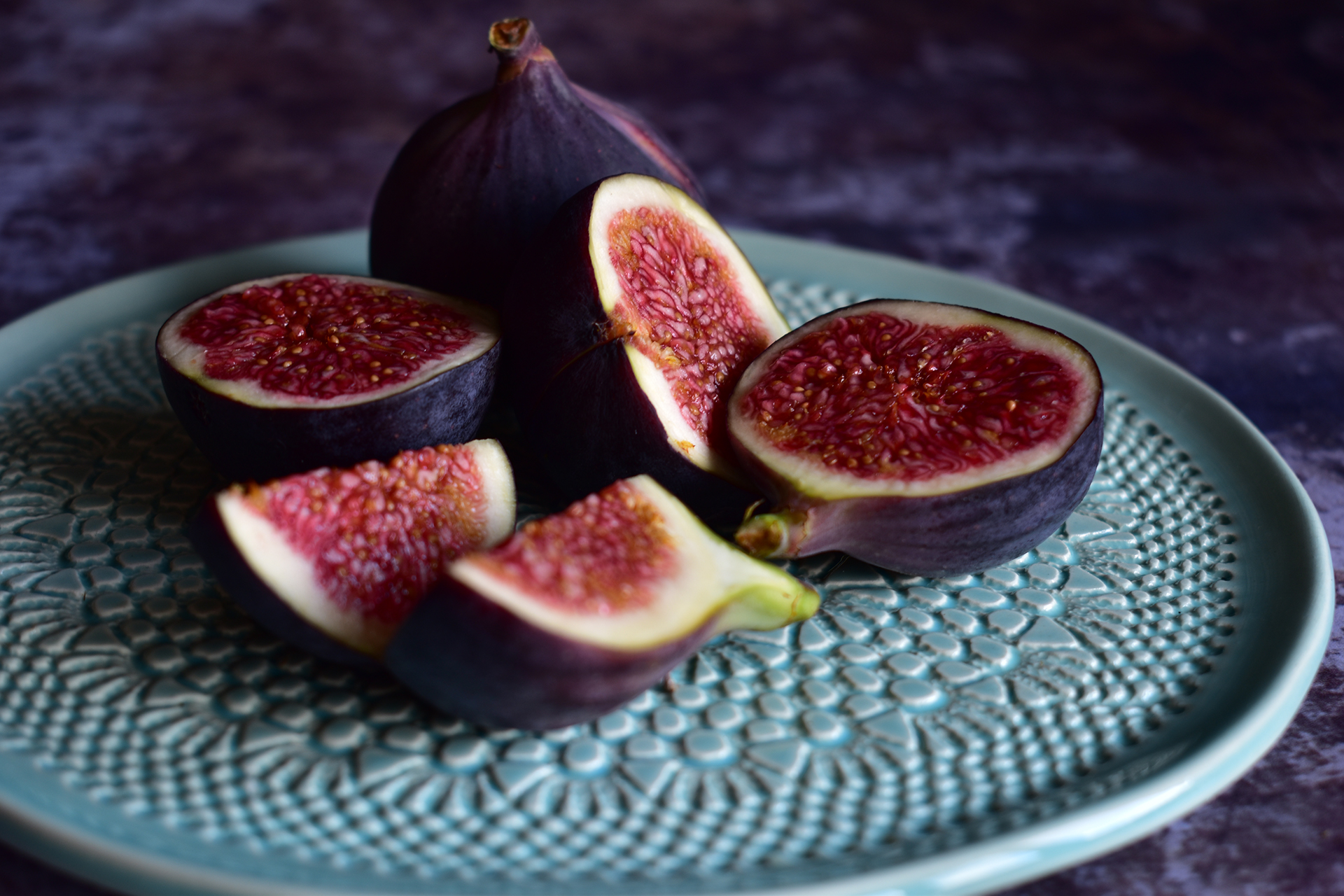
Figs taste their absolute best when they are eaten soon after picking and they are still warm from the sun – the fruit should be soft enough to bite into or to tear apart easily in your hands. Or slice them in a cross shape so you can fan out the fig and see its lusciously colorful insides.
If you have too many to eat at once, figs can be kept in the refrigerator for two to three days. If you want to store them for longer, you can dry them in an airing cupboard for a few weeks. Or use a food dehydrator to dry them completely; the dried figs can then be kept for up to 12 months.
Got more orchard fruit? Our advice on how to store apples can ensure you make the most of your crop.
What is the best way to pick figs?
The best way to pick figs is to do so with minimum handling to avoid bruising. A ripe fig should come away from the stem with no difficulty. ‘Make sure to wear gloves and be dressed in long sleeves when you’re harvesting figs in case of allergic response to the milky fig latex,’ says Lucy Searle, global editor in chief of Homes & Gardens.
Be aware that figs don’t ripen after they’re picked, so wait before harvesting figs if they are still hard.
How many times a year does a fig tree bear fruit?
A fig tree bears fruit once or twice a year. Be mindful that you shouldn’t expect fruit the first year, but once the tree is mature it can produce fruit for many years. ‘Fig trees remain productive up to 12 or 15 years of age and thereafter the crop declines though the trees may live to a very advanced age,’ say the experts at the Center for New Crops & Plant Products at Purdue University.
Sign up to the Homes & Gardens newsletter
Design expertise in your inbox – from inspiring decorating ideas and beautiful celebrity homes to practical gardening advice and shopping round-ups.
Andrea has been immersed in the world of homes, interiors and lifestyle since her first job in journalism, on Ideal Home. She went from women's magazine Options to Frank. From there it was on to the launch of Red magazine, where she stayed for 10 years and became Assistant Editor. She then shifted into freelancing, and spent 14 years writing for everyone from The Telegraph to The Sunday Times, Livingetc, Stylist and Woman & Home. She was then offered the job as Editor on Country Homes & Interiors, and now combines that role with writing for sister title homesandgardens.com.
-
 Martha Stewart's intelligent cabinets 'take every inch into consideration' – their 'visually light' style will solve your small kitchen storage problems
Martha Stewart's intelligent cabinets 'take every inch into consideration' – their 'visually light' style will solve your small kitchen storage problems'Every kitchen can be beautiful and functional, no matter what the size': 9 years since sharing her clever storage, Martha's cabinets are just as beautiful
By Megan Slack Published
-
 This once-dated kitchen is now a timeless space with the coziest details – and its the classic color palette that's made it a chic, welcoming space
This once-dated kitchen is now a timeless space with the coziest details – and its the classic color palette that's made it a chic, welcoming spaceWarming colors and natural materials combine to create this enduringly classic kitchen scheme
By Molly Malsom Published